Search Images
Browse Content (p. 1017)
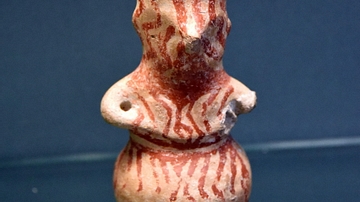
Image
Female-Shaped Painted Jar
This painted jar was shaped like a woman. Female figurines were important in Anatolia. Often, the breasts and thighs were emphasized, suggesting that they represent fertility goddesses. Possibly from Hacilar, South-Western Turkey. Early...
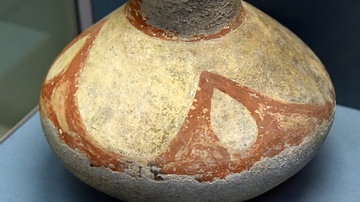
Image
Painted Pottery From Hacilar
This handmade pottery from Hacilar was painted with bold geometric designs. The lower part is still covered by incrustation. Buff ware. Possibly from Hacilar, South-Western Turkey. Early Chalcolithic (Copper) Age, 6000-5500 BCE. (The British...
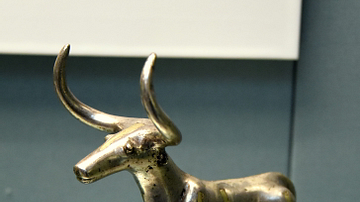
Image
Bronze Age Silver Bull, Turkey
The gold inlay can be seen on the shoulders, sides, and haunch. The animal stands on a copper stand. Perhaps, it was part of a canopy pole of a rich burial. Probably from Alaca Huyuk, Central Turkey. Early Bronze Age, about 2300 BCE. (The...

Image
Silver Cup from Troy
This silver two-handled cup was found near Troy, Western Turkey. It is of a Depas amphikypellon type. Troy III period, 2250 BCE. (The British Museum, London).
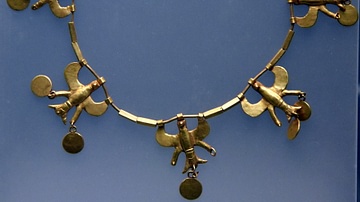
Image
Hittite Gold Necklace
A gold necklace with flying eagles and pendant discs. From modern-day Turkey. Hittite, 1400-1200 BCE. (The British Museum, London).
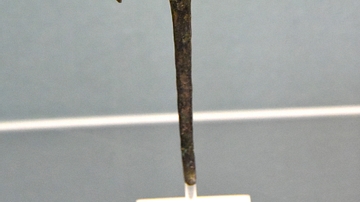
Image
Hittite Foundation Figurine
This bronze figurine was shaped like Mesopotamian foundation figurines. The figure wears the tall headdress of a Hittite god. From South-Eastern Anatolia, in modern-day Turkey. Old Hittite period, c. 1600 BCE. (The British Museum, London).
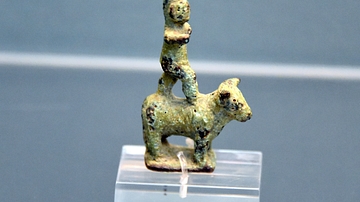
Image
Figure of the Hittite God Teshub
The storm-god Teshub wears a tall headdress and stands on the back of a bull. From modern-day Turkey. Bronze figurine. Hittite period, 1600-1200 BCE. (The British Museum, London).
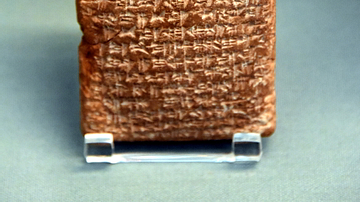
Image
Treaty Concerning Fugitive Slaves
The cuneiform inscription on this clay tablets narrates the treaty between king Idmiri of Alalakh (Tell Atchana) and Pillia of Kizzuwatna (Cilicia). It concerns the capture and transportation of escaped slaves. There is also a reference to...

Image
Treaty Establishing Hittite Domination over Aleppo
This clay tablet is known as the "Aleppo Treaty". The treaty was drawn up between the Hittite king Mursili II and Talmi-sharruma (king of Aleppo). It was written in Akkadian, the diplomatic language of the time. The tablet begins with a reminder...
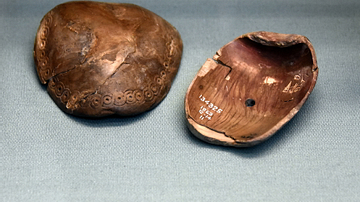
Image
Shell Clappers with Luwian Hieroglyphs
These musical instruments were given to the Assyrian king Shalmaneser III (reigned 858-824 BCE) by the king of Hamath (now Hama) in Syria. His name, Urhilina, appears in Luwian hieroglyphs on the underside of the right shell. The border was...